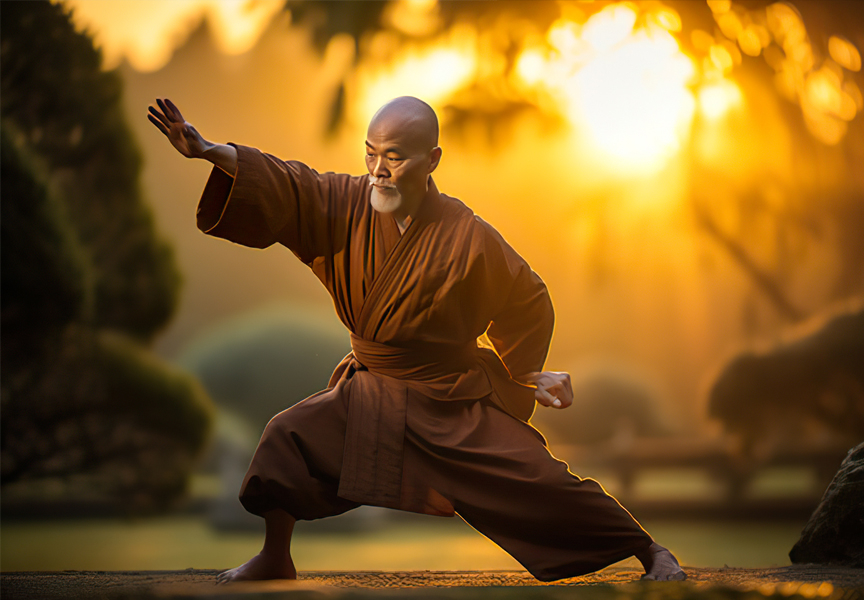Random Free Articles
- Qi Gong. The Vital Energy
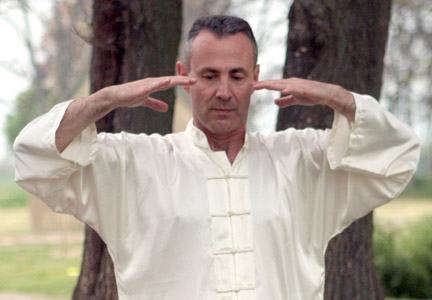
Vital internal energy is a Chinese cultivation practice which, according to specific written documents, goes back at least 3000 years ago. During the legendary Chinese ruler's Tang Yao monarchy; qigong art used as a form of dancing. The actual origins of Qi Gong, however, are lost in Chinese prehistory. Qi Gong was practiced during the earliest period in order to maintain good health. In Master Lu's Spring and Autumn records which…
- Unveiling the Hidden Arsenal of Shaolin Kung Fu
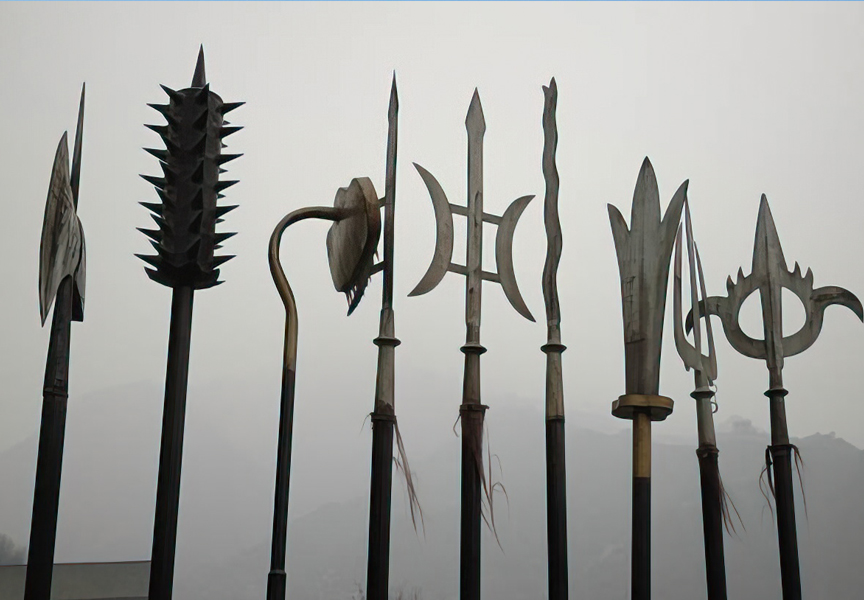
Everyday Objects as Martial Weapons Kung Fu, with its diverse array of styles, is not confined to the realm of empty-hand combat. In many traditions, practitioners delve into the intricate world of weapon techniques, exploring both military and non-military implements. Beyond the traditional weapons such as sabers and halberds, a fascinating aspect of Kung Fu lies in its utilization of everyday objects as formidable tools for self-defense.…
- The Dual Streams of Wushu
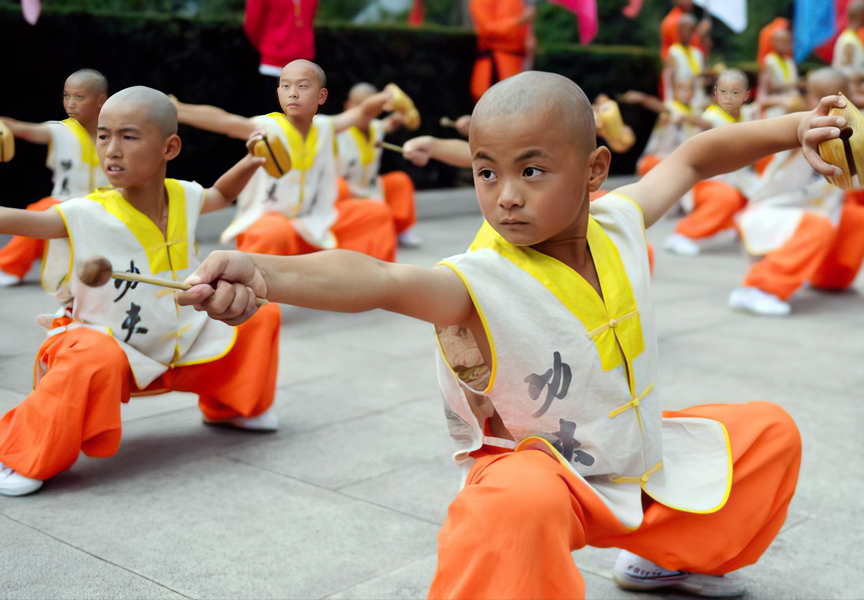
The rich tapestry of Chinese martial arts is woven with threads of tradition, discipline, and a profound understanding of combat. Within this intricate web, two distinct streams have emerged, shaped by the divergent contexts in which they were honed: military martial arts [Chin.: Jūnlǚ wǔshù 軍旅武術] and civilian martial arts [Chin.: Mínjiān wǔshù 民間武術]. Understanding the origins, evolution, and purposes of these two…
- Martial Arts and Violence
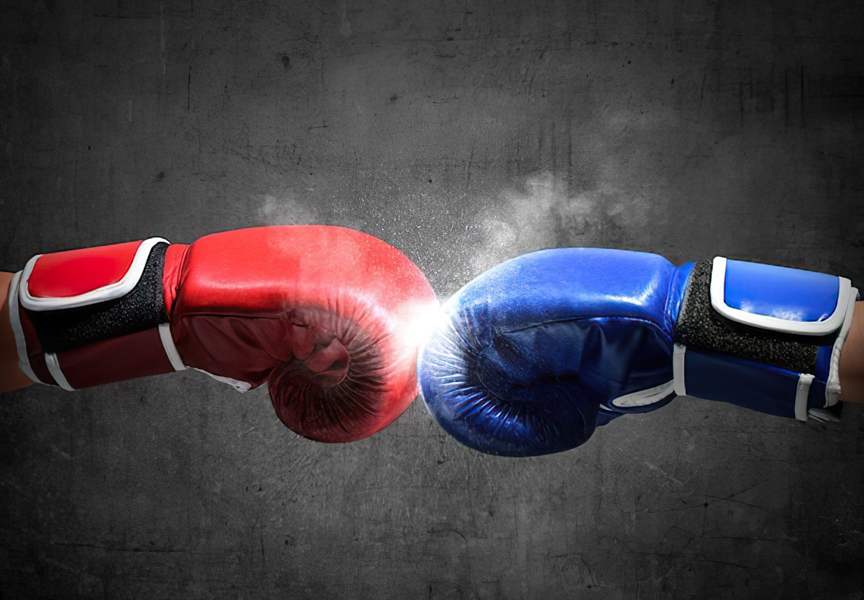
In recent years, there has been an ongoing debate surrounding the association between martial arts and violence, particularly concerning children who practice combat sports. Concerned parents often express worry about their children potentially becoming more aggressive due to their involvement in activities like Κarate, Kung Fu, or taekwondo. However, it's crucial to debunk this misconception and understand the broader context in which…
- The Shaolin Monk's Shovel
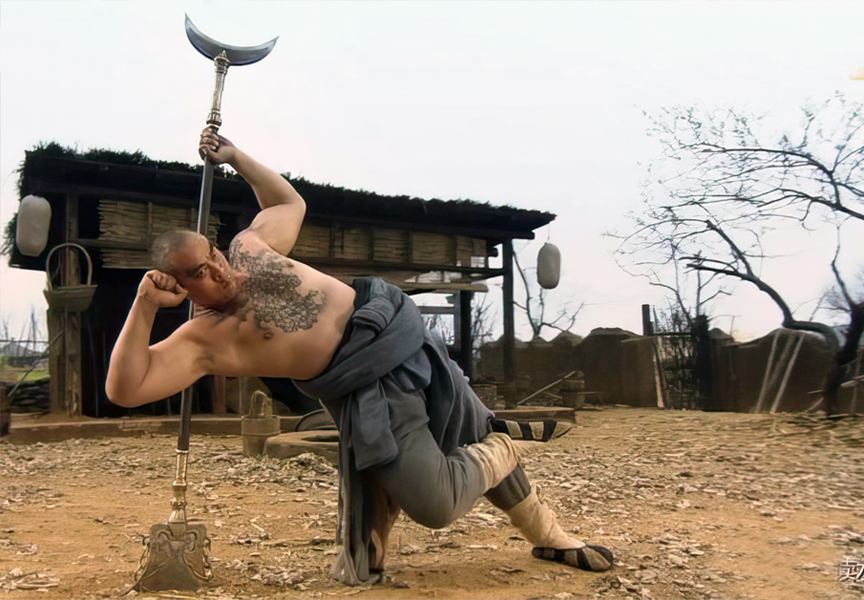
A Weapon with a Rich History In the world of martial arts, the Shaolin Temple stands out as a legendary institution that has produced skilled warriors for centuries. Among the various weapons associated with Shaolin monks, the monk's spade, known as Yue Ya Chan [Chin.: yuèyáchǎn 月牙汐] in Chinese, holds a special place. This unique weapon, known as the monk's weapon [Chin.: sēngchǎn 僧汁] is perhaps the most famous…

